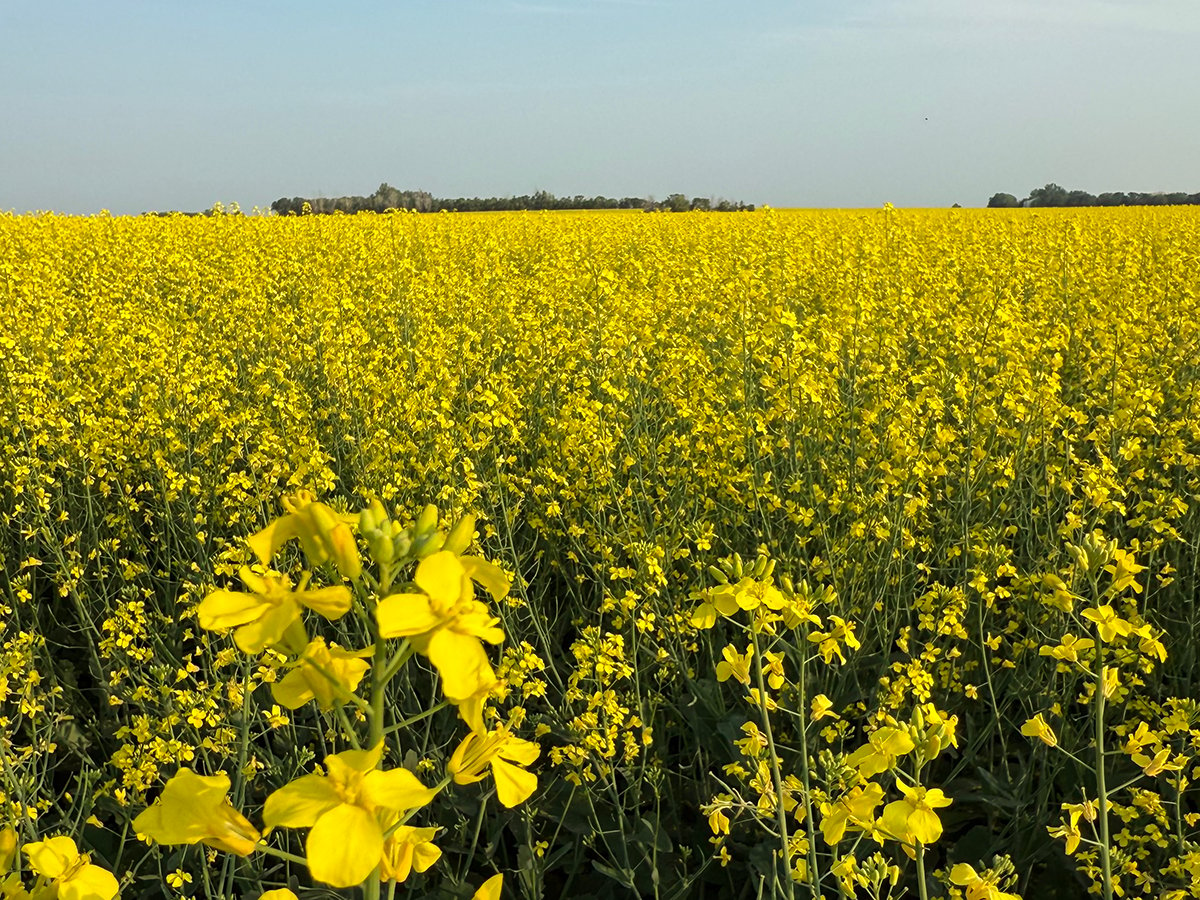Canadian sheep producers want Ottawa to pay more attention to their plight, saying they’ve been hardest hit by the BSE border closure.
Randy Eros, chair of the Canadian Sheep Federation, said first quarter net cash receipts for 2004 highlight the losses experienced by the country’s 13,000 producers.
Sheep receipts dropped 42 percent compared to the first quarter of 2003, from $35.8 million to $20.8 million. Cattle receipts dropped from $1.8 billion to nearly $1.2 billion, or a decline of 35.6 percent. Overall, livestock receipts dropped 12 percent.
Eros said damage to the sheep industry is greater than others because there never was a boneless lamb industry.
Read Also

Canola support gets mixed response
A series of canola industry support measures announced by the federal government are being met with mixed reviews.
“The border opening (to boneless beef) had no effect on us,” he said.
Lamb that would have gone south from the prairie provinces into the United States is now heading east, flooding the market and driving down prices. About 140,000 head that were exported annually now have to be eaten at home.
While beef producers have a 30-month window to slaughter export animals, Eros said lamb producers have 12-14 months before their animals are at finished weight.
Eros spoke by phone with federal agriculture minister Andy Mitchell last week, discussing the impact of BSE on sheep producers. They agreed to hold a sheep industry summit in October.
“He needs to look at the specifics of our industry,” said Eros.
“We have benefitted from some of the support programs … but we need a specific sheep industry solution.”
Similar to the beef sector, there must be more slaughter capacity, he said, particularly federally inspected plants.
In Ontario, 97 percent of the lamb is slaughtered in provincial facilities, which provides little opportunity to move the meat.
“Increasingly, the large chains like Sobey’s are demanding federal kill,” said Eros. “That’s changed just over the last two years. We weren’t geared to that.”
He said the federal government has to help establish federal slaughter space. He also repeated his call for a scrapie surveillance program that will help Canada regain U.S. markets.















